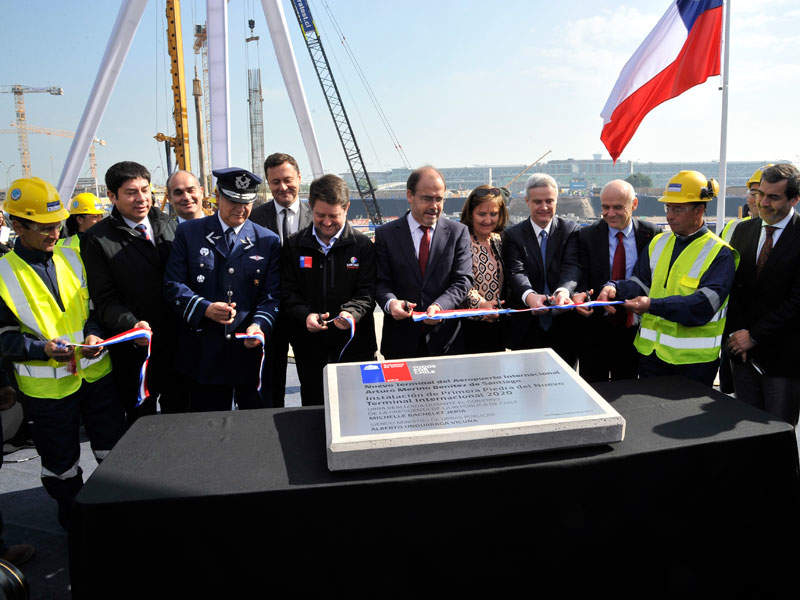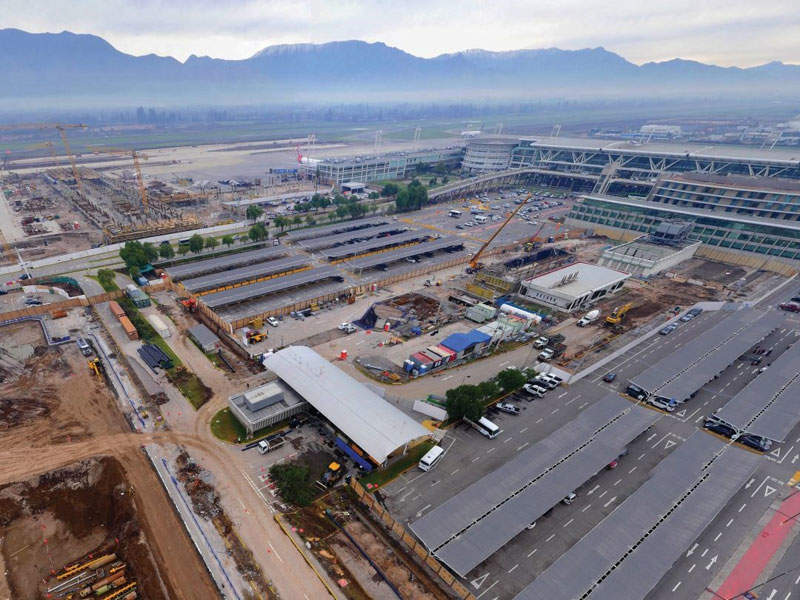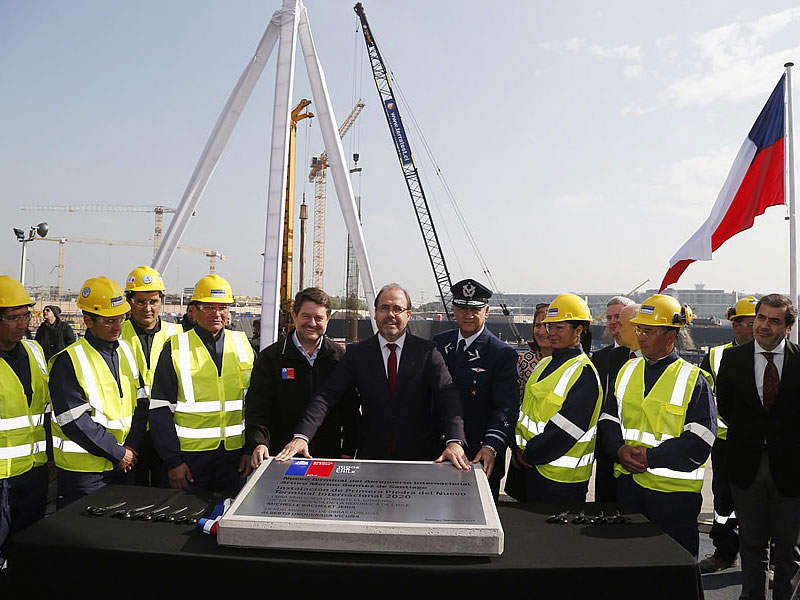Santiago International Airport (Comodoro Arturo Merino Benítez International Airport) in Chile undertook a major expansion to cater to the growing number of international and domestic passengers.
Located in the city of Santiago, the airport received 16.1 million passengers in 2014. The number of passengers served by the airport increased to 19 million in 2016.
The expansion project, which is estimated to cost approximately $720m, includes the construction of a new international passenger terminal, upgrade of the existing passenger terminal, and other installations. The expansion works began in November 2016 and are scheduled for completion in 2020.
Foundation stone for the new international passenger terminal was laid in September 2017.
The upgrade and expansion will enable the airport to handle 30 million passengers a year by 2020.
Details of Santiago airport’s new international passenger terminal
The new international passenger terminal will have a surface area of 175,000m² across five floors. It will house a subway, a 3,000m² arrivals hall, a 3,928m² VIP lounge, and a 7,880m² exit area to provide entrance and exit to the premises.
Situated on the fourth level near boarding gates, the VIP lounge will offer comfortable seating and premium lounge services to passengers.
The terminal will feature up to 37 aircraft parking stands.
New developments under Santiago airport masterplan
As per the Santiago International Airport 2020 masterplan, the existing 110,000m² mixed-use terminal will be redesigned and reconstructed to incorporate more comfort spaces. It will get an extension of 9,000m² and will be dedicated to domestic flights.
A total of 66 new immigration control counters will be installed to facilitate efficient and speedy immigration inspection for visitors. The new systems will double the number of passengers that can be processed during peak hours.
Additionally, 14 new control points will be placed to allow for a five-minute clearance of food shipments by the Agriculture and Livestock Service.
The departure area at the airport will be equipped with an additional 20 passport control counters to reduce the passenger processing time before each flight to ten minutes. Up to 32 new security control points will be added for clearing travellers with hand luggage within seven minutes.
The existing cargo terminal and other building structures will be remodelled using advanced technologies. A number of secondary buildings, including office facilities, police post, and training section for the canine unit will also be built as part of the modernisation. The platforms, taxiways and aprons will be extended to enhance the aircraft movements.
Upon completion of the expansion, the airport will have 70 new self-check-in kiosks, 19 escalators, 67 boarding gates, 23 elevators and 67 moving walkways.
The expansion will enable the airport to handle more than 5,000 passengers an hour.
Parking area expansion
The Santiago International Airport expansion will add two new parking buildings with three levels each to increase the parking capacity from the current 3,785 vehicles to 7,167. Road networks covering 550,000m² will be constructed as part of the expansion.
Contractors involved with Santiago airport expansion
In April 2015, the Ministry of Public Works of Chile executed a 20-year concession agreement with Nuevo Pudahuel consortium, comprising VINCI Airports (40%), Aéroports de Paris (45%), and Astaldi (15%) to design, develop, manage and operate Santiago International Airport expansion from October 2015 to 2035.
The construction works are being executed jointly by Astaldi and Vinci Construction Grands Projects.






